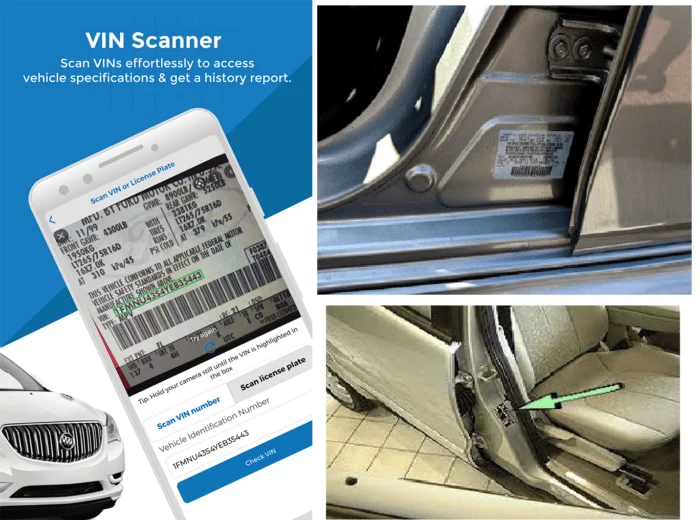The chassis number is one of the most important identifiers for a vehicle. It is unique to each vehicle and it’s used for tracking purposes. The chassis number is the same thing as the vehicle identification number which for a modern vehicle is a 17-digit alphanumeric code that is usually found on the car’s dashboard, and vehicle’s paper works.
This unique alphanumeric identifier holds so much information about a specific car, including the production date, manufacturer, body type, engine type, and more.
In some cases, the VIN may not be up to 17-digits this is usually the case with most classic vehicles as VIN standardization was yet to take effect then.
Where to find the VIN
You can find the VIN in two main places with respect to the car: on the car’s body and on paper works.
Uses of the VIN
The VIN or chassis number is currently utilized in the auto industry for several purposes. Let us consider some of the various uses of the VIN number
A unique identifier
Every manufacturer assigns this unique identifier to every model they ever made, VIN characters hold unique information, for a more detailed explanation of every character in a VIN see the article “How to decode VIN on and offline”
For documentation purposes
The VIN is used in several documents for records keeping and tracking, even the law enforcement agencies uses the VIN as identifier alongside the license plate in tracking stolen vehicles.
Grants access to vehicle history reports
The VIN is also used as an access key to obtain a car history report, which contain valuable information about the car such as mileage, repairs, accidents, and odometer readings.
Detailed Vehicle History (DVH) reports are generally quite detailed and are one of the most accurate sources of information about a car available on the market today.
Some of the information you can find include the vehicle’s value over time, a complete and detailed maintenance log of recommended services and maintenance performed on the car throughout its life, auction records with images, etc.
More to that there is a Free VIN decoder and vehicle history report app which was released by DVH recently with an amazing ability to decode VIN offline.
What to do if my used car has a different VIN number on the title
If the VIN on your vehicle’s body does not conform with the VIN on the paperwork, this error can easily be corrected on brand new vehicles. But this is not usually the case with used cars, as this is a serious complication.
There are chances that there were errors in the title of the car in the past and the previous owner did not correct it. It could also be that the car was stolen, for a used vehicle a vehicle history report can help you to confirm if the vehicle was stolen or not.
It is usually advised that you carry out all necessary investigations on a used car before committing your money to it. The DMV can help track down where and when the original issue with the title occurred and how to get it fixed. If it was a stolen vehicle they can help you find the culprit and apprehend them.
It may be difficult to get a refund. To avoid all of these pitfalls, you need to ensure from the onset before buying any car that you have a correct VIN number, a VIN will also help you see the true nature and history of any used vehicle.











